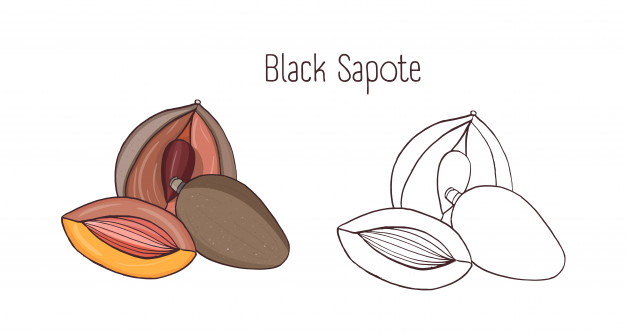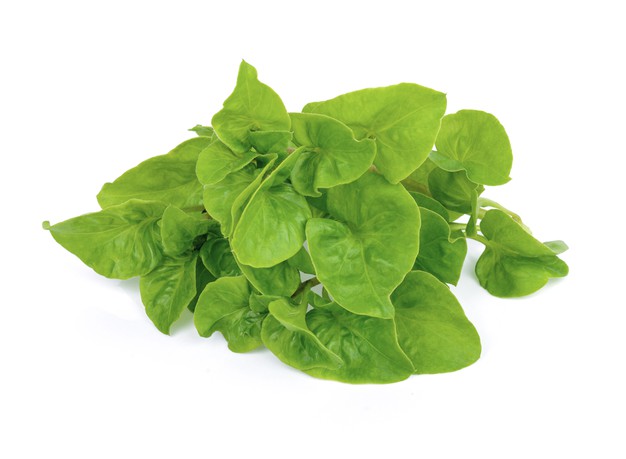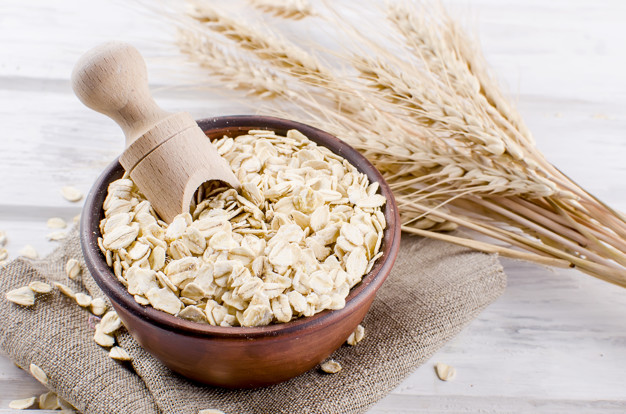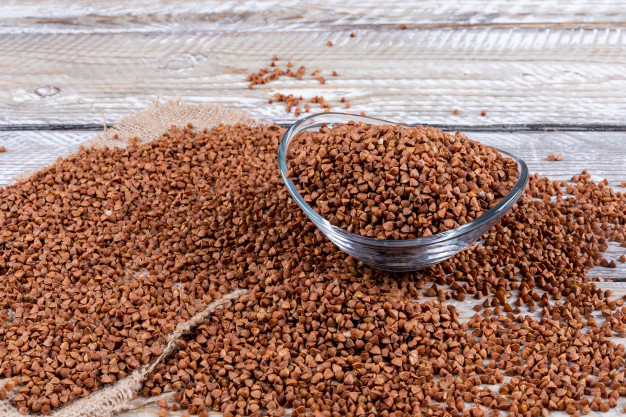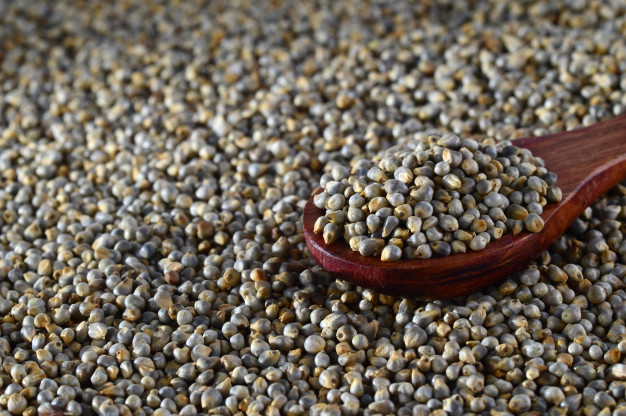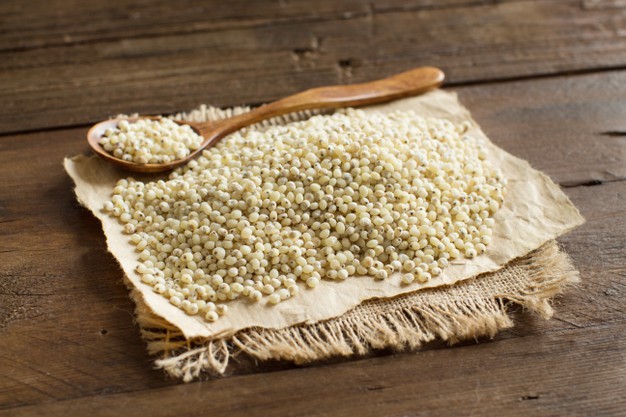Black sapote is a nutritious fruit belong to persimmon species and it is a member of Ebenaceae family. It is also known by several other names like chocolate fruit, chocolate pudding fruit, black persimmon, sapote negro, black apple, mueque, barbaquois etc. It is very delicious in taste and packed with numerous imperative nutrients.
General information regarding black sapote
- This tropical fruit is native to Mexico
- It has a this and firm rind
- It contains about 2 to 10 seeds, which are reddish brown in colour
- The skin of the fruit is greenish yellow in colour
- Pulp of the fruit is dark brown in colour and has custard like consistency
- It is considered as an effective alternative of Vitamin C as black sapote contains about four times more ascorbic acid than orange

Nutritional composition
- It contains desirable amount of carbohydrates as well as dietary fibre
- It also contains too some extent of protein
- It is very low in fat
- It is also known as low calorie food as it does not provide enough calories on its oxidation
- It is packed with several micronutrients like Vitamin A, vitamin C, vitamin E, calcium, phosphorus, potassium and iron
- It also contains numerous phytonutrients, which are responsible for exerting several nutraceutical activities

Health benefits
Role on immunity
- It acts as potent immune booster
- Its micronutrient components are responsible for boosting up the overall immunity of the body
- Vitamin C present in black sapote plays significant role in fighting against infections
- Its consumption is very effective for strengthening the defense mechanism thus it is very much useful for protecting the body from becoming ill
Role in eye health
- Vitamin A content of black sapote plays vital role in maintaining a healthy eye sight
- Its antioxidant activity is also accountable for protecting the retina from free radical induced oxidative damages thus its consumption is thought to be very effective for promoting vision
- Being a good source of Vitamin A, it helps to decrease the susceptibility of developing various eye disorders like macular degeneration, cataract, bitot’s spot, corneal xerosis, xerophthalmia etc
Role on skeletal system
- Calcium, phosphorus, potassium and iron components of black sapote play imperative role in strengthening skeletal system
- It helps in the synthesis of healthy bone cells
- It also helps to increase bone mass and bone mineral density thus its consumption is very much helpful for preventing fractures and other bone related disorders

Role on renal health
- It contains adequate amount of potassium, which is considered as one of the most important nutrients required for improving renal functions
- It also helps to protect the kidney from oxidative damages
- It helps to reduce the prevalence of renal calculi too

Role on hormonal balance
- It plays significant role in reducing the prevalence of hormonal imbalance
- Excessive stress or too much anxiety or depression is considered as one of the most vital causative factors of hormonal imbalance and consumption of black sapote helps in hormonal regulation by providing calmness to body that significantly reduces stress as well as anxiety thus prevents hormonal imbalence
Role on electrolyte balance
- Its potassium content makes it an imperative substance for maintaining electrolyte balance in body
- Dehydration, excessive vomiting or diarrhoea and water intoxication are the most common health complications that develop electrolyte imbalance in body and consumption of black sapote in these conditions significantly improve the symptoms
Role on skin
- It contains various important nutrients that play significant role in providing proper nourishment to the skin thus promotes skin health
- Its antioxidant activity makes it an effective anti-ageing substance, which helps to delay the progression of aging process thus its consumption is believed to be very effective to provide the skin a younger look
- It also helps to improve the texture of skin
- Its Vitamin C content is related with stimulating collagen production, which ultimately helps to improve skin elasticity

Other health benefits
- It helps to accelerate the wound healing process as it plays important role in stimulating the synthesis of cells and tissues at the site of wound
- Calcium component of black sapote helps in muscle contraction
- It helps to boost up overall metabolic process of body
- It is also associated with improving the electrolyte activity of heart and all the credit goes to its potassium content
Therapeutic uses
- It acts as laxative thus it is extensively used for promoting regularity. Its fibre content plays important role in increasing bowel movement and it is also associated with enhancing the bulkiness and the softness of stool, which ultimately helps in easy defecation
- It is also associated with decreasing too much acid production within stomach as a result it helps to prevent the feeling of heart burn as well as nausea
- Its high fibre content is also responsible for decreasing cholesterol concentration in body
- Its hypolipidemic effect is responsible for providing a good impact on cardiac health as it helps to decrease the susceptibility of developing atherosclerosis by preventing fat deposition within blood vessels. It is also used as an effective therapeutic substance for preventing cardiac disorders like coronary artery disease, angina pectoris, myocardial infarction, strokes or heart attacks
- It is also used as an imperative remedial action for hypertension. Its potassium content is considered as the main component that helps to reduce hypertension
- It is better to consume black sapote for reducing the risk of developing chronic diseases as its micronutrient components (especially Vitamin A, C and E) are responsible for exerting antioxidant activity that helps to decrease the concentration of free radicals and reactive oxygen species in body thus protects the body from there detrimental effects
- It also helps to decrease the prevalence of carcinoma
- It helps in preventing obesity as well
- As it is a good source of iron thus it is extensively used as an important remedial action for iron deficiency anemia

Traditional uses
It has been traditionally used for various medicinal purposes, which include –
- It has seen that Philippines have been traditionally used the leaves and crushed bark of black sapote for preparing poultice and applied it topically for preventing blisters
- It has been widely used for preventing itching skin conditions
- It has been extensively used for treating leprosy as well
- It has been also used for treating ringworm infection
- It has seen that leaf decoction of black sapote has been used as an effective astringent substance

Culinary uses
The pulp of the fruit is used in various ways for preparing several dishes like –
- The pulp is used for preparing various desserts like mousse, custard, cakes, pies, pastries, ice creams etc
- It can be served as a sauce with papaya
- It can also be used as a topping agent
- The pulp can also be consumed with orange juice
- The pulp can be blended, filtered and mixed with brandy as well
Risk factors
- It often develop allergic reaction to some individual like itchiness, rashes, nausea etc thus it is better to stop its consumption if anyone experiences these complications
- As it contains desirable amount of carbohydrate thus its over consumption is not wise as it may increase the risk of hyperglycemia

Source:
Jiménez-González, O. and Guerrero-Beltrán, J.A., 2021. Diospyros digyna (black sapote), an Undervalued Fruit: A Review. ACS Food Science & Technology, 1(1), pp.3-11.
Ruiz-Montiel, C., González-Pérez, J.S., Valdez-Carrasco, J., Lomelí-Flores, J.R., Gates, M.W., Franco-Mora, O. and Castañeda-Vildózola, Á., 2021. Correcting the Identity of a Eurytomid Wasp Associated with Black Sapote Fruits in Mexico with New Distributional Records and Notes on Its Biology. Proceedings of the Entomological Society of Washington, 123(2), pp.437-442.
UK, C., 2014. Diospyros ebenaster (Retz.), black sapote.[host/crop]. Diospyros ebenaster (Retz.), black sapote.[host/crop]., (AQB CPC record).
Yahia, E.M. and Gutierrez-Orozco, F., 2011. Black sapote (Diospyros digyna Jacq.). In Postharvest Biology and Technology of Tropical and Subtropical Fruits (pp. 244-251e). Woodhead Publishing.
Yahia, E.M., Gutierrez-Orozco, F. and Arvizu-de Leon, C., 2011. Phytochemical and antioxidant characterization of the fruit of black sapote (Diospyros digyna Jacq.). Food research international, 44(7), pp.2210-2216.
